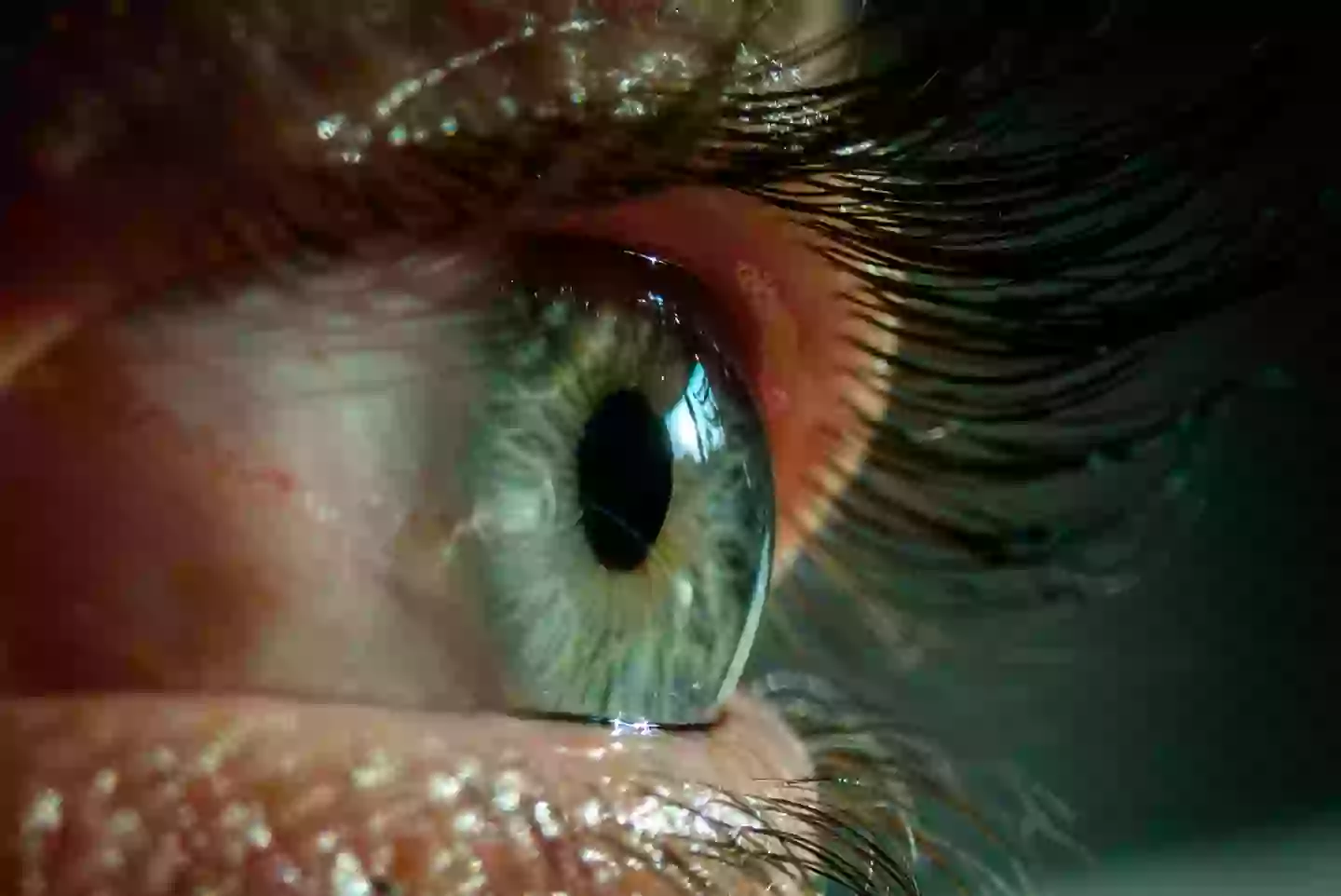The Shocking Vision Truth Affecting 300 Million – Why Men Are Most at Risk
You know, there’s this sneaky little condition that’s messing with how millions—yes, millions—of people see the world. And here’s the kicker: men are way more likely to be in on this colorful conspiracy than women. Why’s that? Bet you didn’t think genetics and biology would be the culprits behind this eye-opening mystery. If you’ve ever wondered why some folks just can’t differentiate between reds and greens, buckle up—because it’s all about colour blindness and how those crafty genes on the X chromosome play their part. Turns out, about one in 12 men and one in 200 women see the world through a slightly different palette, and it’s not just their taste in socks. So, what’s up with that, and how does the science of sight twist into this tale? Let’s dive into the colorful world of cones, rods, and genetic drama. LEARN MORE
There’s a condition that affects hundreds of millions around the world, meaning that they see things differently.
And for some reason, men are more likely to suffer from the condition – but why is this the case?
Unsurprisingly, it’s all to do with science and, in particular, biology.
If you hadn’t guessed, it’s colour blindness and genetics play a huge part in determining the condition, which, according to Colour Blindness Awareness, affects around one in 12 men and one in 200 women.
What is colour blindness?
Also known as colour vision deficiency (CVD), the condition is said to affect three million people in the UK alone, working out at 4.5 percent of the population.
Across the world, it is estimated that around 300 million people are colour blind, which is short of the entire population of the US.

There are a few tests you can take to see if you’re colour blind (Getty Stock Image)
How are colours perceived?
According to Colour Blind Awareness, the retina of our eyes has two types of light-sensitive nerve cells – rods and cones.
These process images, with rod cells working in low light conditions, while cone cells work in daylight and help with colour discrimination.
There are three types of cone cells that each have a different sensitivity to light wavelength, as one perceives blue light, another works with green, and the third is responsible for red.
Our brain interprets signals from these cells when light enters, with different frequencies responsible for different colours.
You can undertake the Ishihara Test to see if you’re colour blind at all, using plates which contain coloured dots that form a number – if you can’t see them clearly, you may be colour blind.
It is recommended that you see an optician if you suspect that you have the condition, though.
What causes colour blindness?
The health condition is usually genetic and often inherited from your mother’s side.
Red and green, or blue and yellow blindness types, can be passed down from your parents, meaning that you will struggle to identify these colours on a day-to-day basis if you are colour blind.

Colour blindness is usually hereditary (Getty Stock Image)
So if one or more of your cone cells have abnormal sequences, you won’t be able to see colours containing that colour as accurately due to faulty signals being sent to the brain, as a result of changes to the genetic code.
While more research is being carried out into the exact causes of colour blindness, some people have it as a result of eye conditions, diabetes, multiple sclerosis, ageing, or from taking certain drugs and medications.
Why are men more likely to be colour blind?
While approximately 0.5 percent of women around the world are colour blind, a staggering eight percent of men are believed to suffer from the condition.
This is due to genetics, as the trait is sex-linked and carried on the X chromosome. Brace yourself for some science.
Males have just one X chromosome (XY), whereas women have two (XX).
While genes for the red-green colour vision deficiency are contained in the X chromosome, it is a recessive trait, meaning that for a woman to be colour blind, the gene must be carried on both chromosomes.
But for men, it only needs to be on their sole X chromosome to be colour blind.
Women can pass the gene on to their children though, as if their son inherits their affected X chromosome, he will end up being colour blind.

Colour blindness can be tested by opticians (Getty Stock Image)
Is there a cure for colour blindness?
According to the NHS, there is currently no medically approved treatment for colour vision deficiency, which runs in families.
It means that the majority of people adapt to perceiving colours differently.
If you find that your colour vision has been altered by a medical condition or certain medication that you’re taking, getting treatment or switching to a different medicine could help.
While some may believe that colour blind glasses can cure colour blindness, this is currently wide of the mark, though they can make certain colours look more vibrant.


















